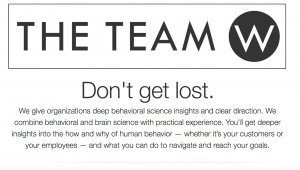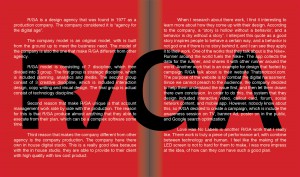The technology I researched was www.wordpress.com. I had a lot of fun discovering it. I had used this website for blogging last semester, but didn’t realize the extended and enhanced functionality provided. I am glad to learn more about it and these discoveries ensured that it will be used effectively in my future. Essentially, WordPress is an online open source website for people or companies who are interested in creating their own websites and blogs through a powerful content management system (CMS). In addition, it offers clear identification for various operation conditions and multilingual options with the ‘easy to learn’ mode clarifying it as one of the most sophisticated and popular website tools in existence today, since you can begin building your own blog or website in seconds without any technical knowledge. Many famous blogs, news outlets, music sites, and Fortune 500 companies use WordPress. They are currently powering more than 20% of the web. Viewing www.wordpress.org, on the bottom of the page, displays their site showcasing of well-known people who use the service.
Another important option that is guaranteed to attract attention is the endless number of themes to choose from. WordPress categorizes themes for different types of people and usages, such as photography, portfolio or magazine, and, of course, you can be a badass who doesn’t follow trends and create your own. The best thing I discovered was that, besides building your own page, if you are capable of coding, then you have an opportunity to become a developer and create amazing things ranging from a website’s feature to an actual app for millions of users. WordPress also provides testing sites, resources and documentation on the all developments before you build anything. For instance, WordPress’s Rest API allows you to build applications that can manage user’s blogs.
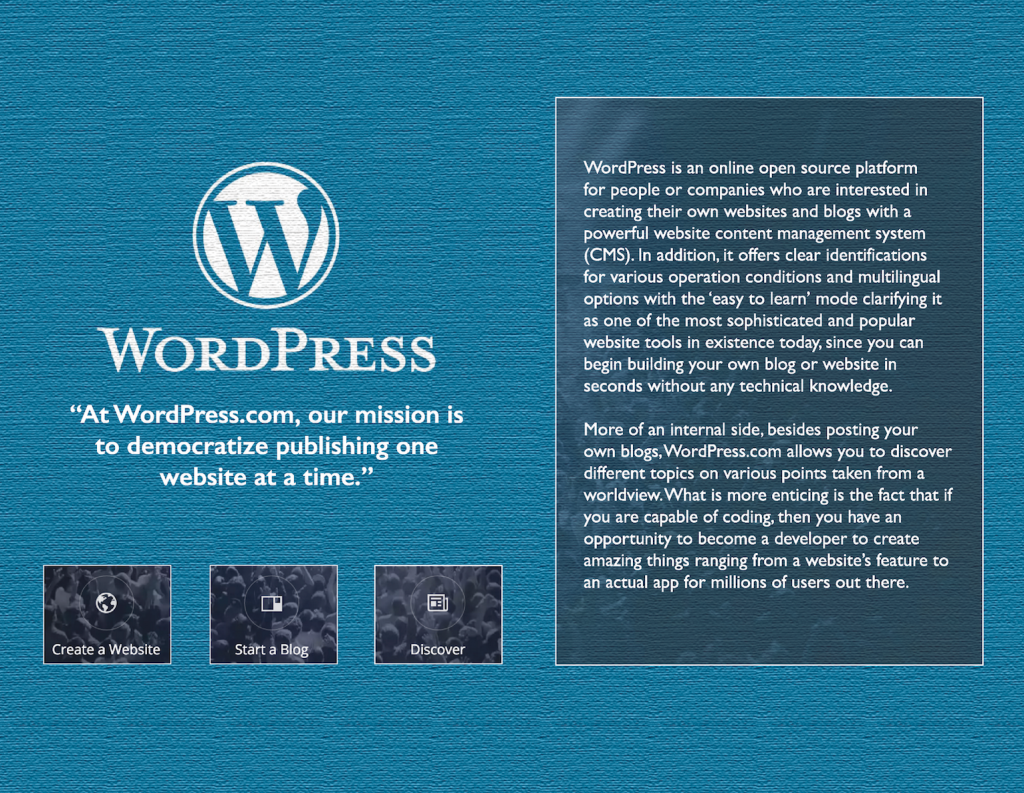
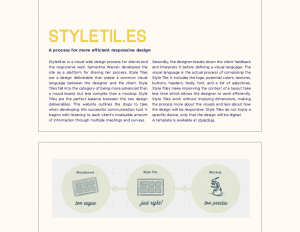

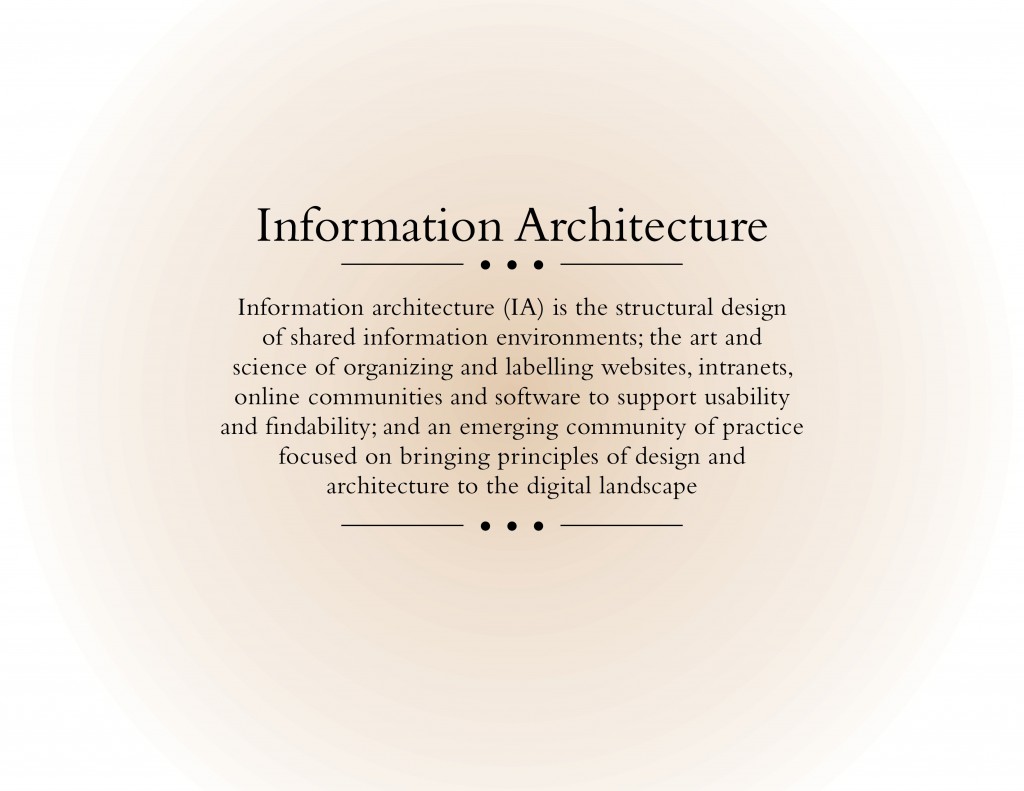
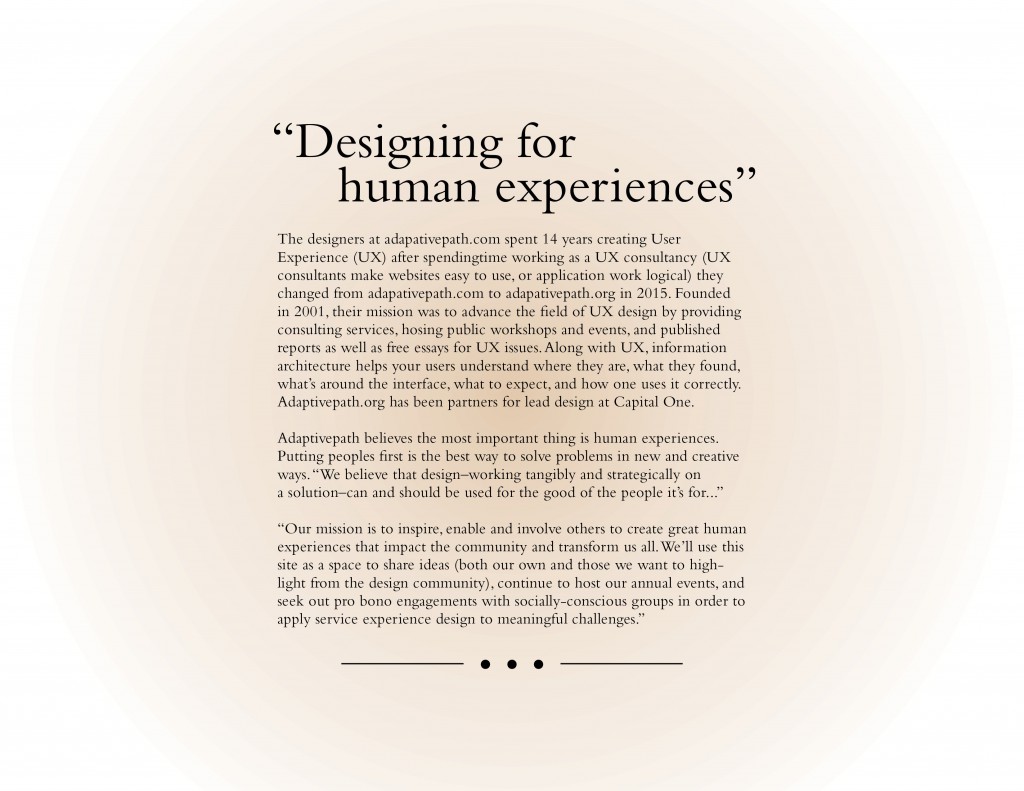
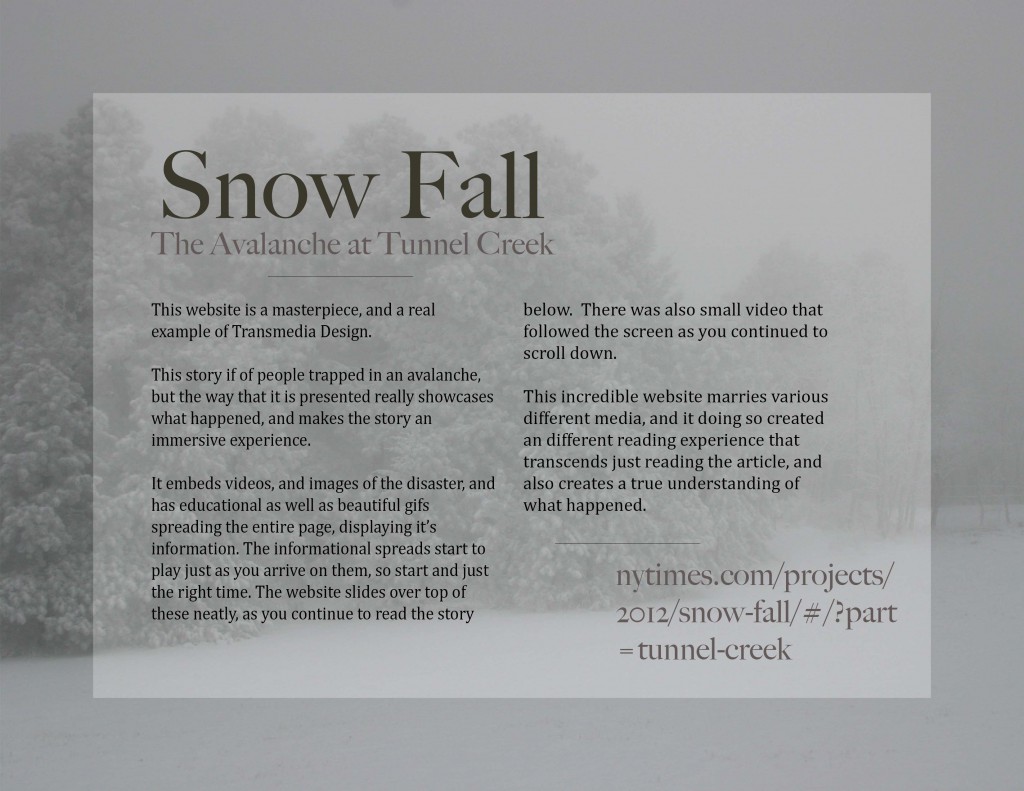
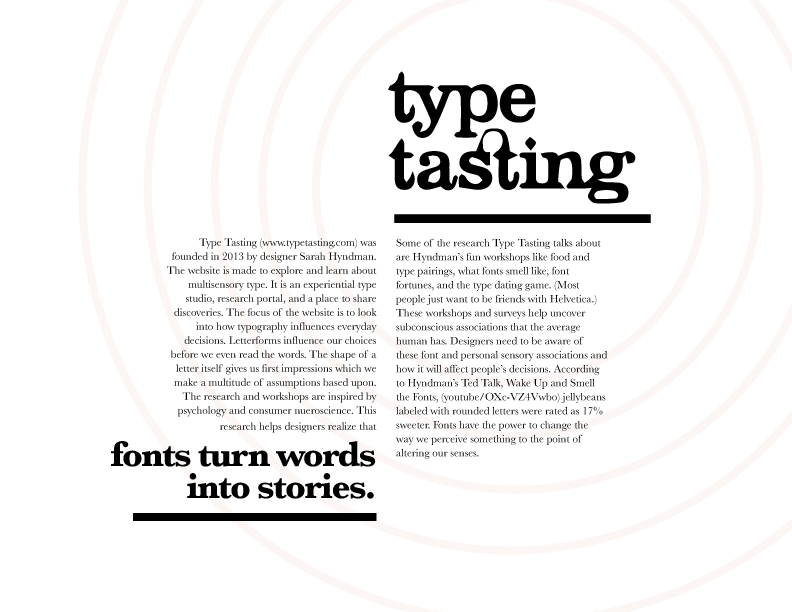

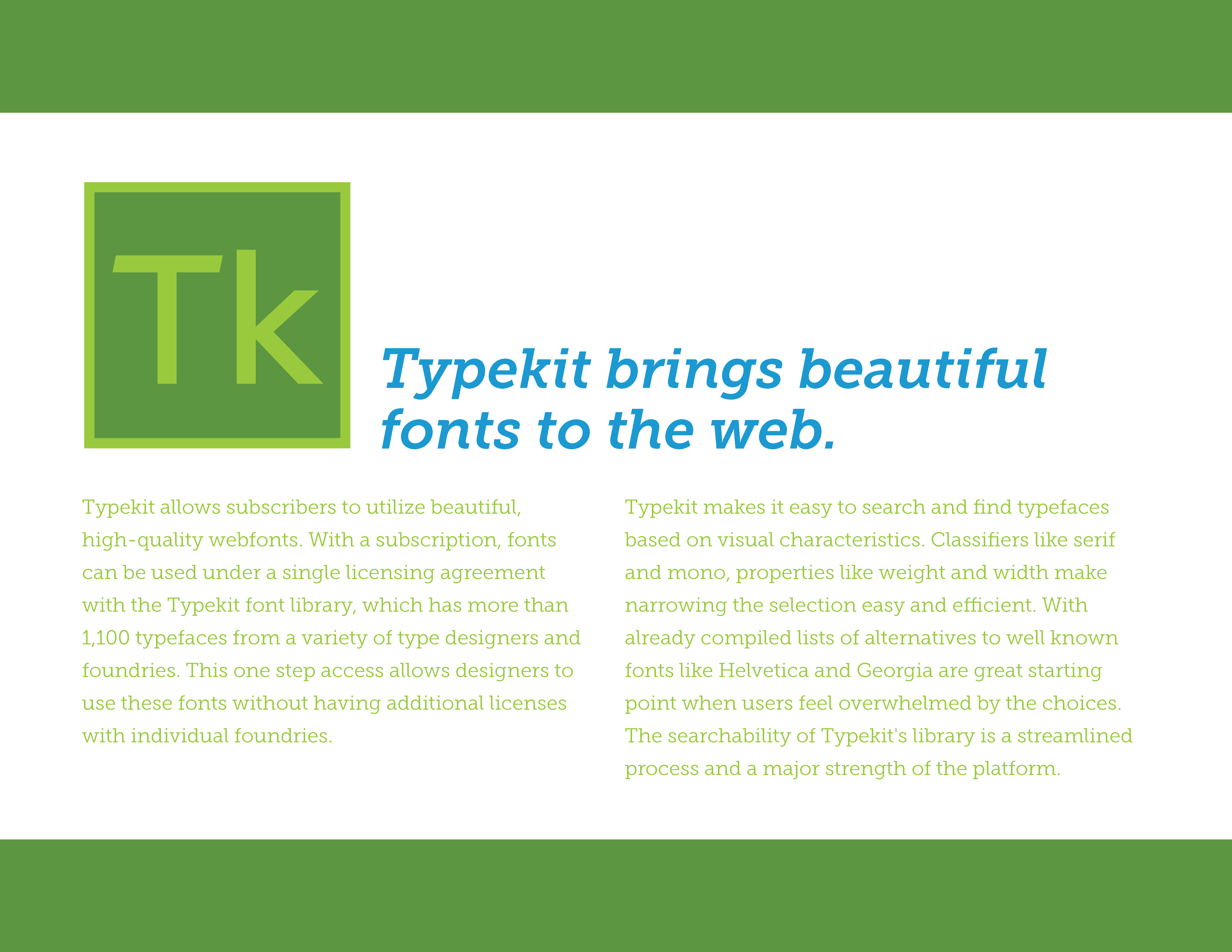
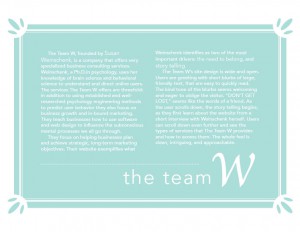 (click
(click 